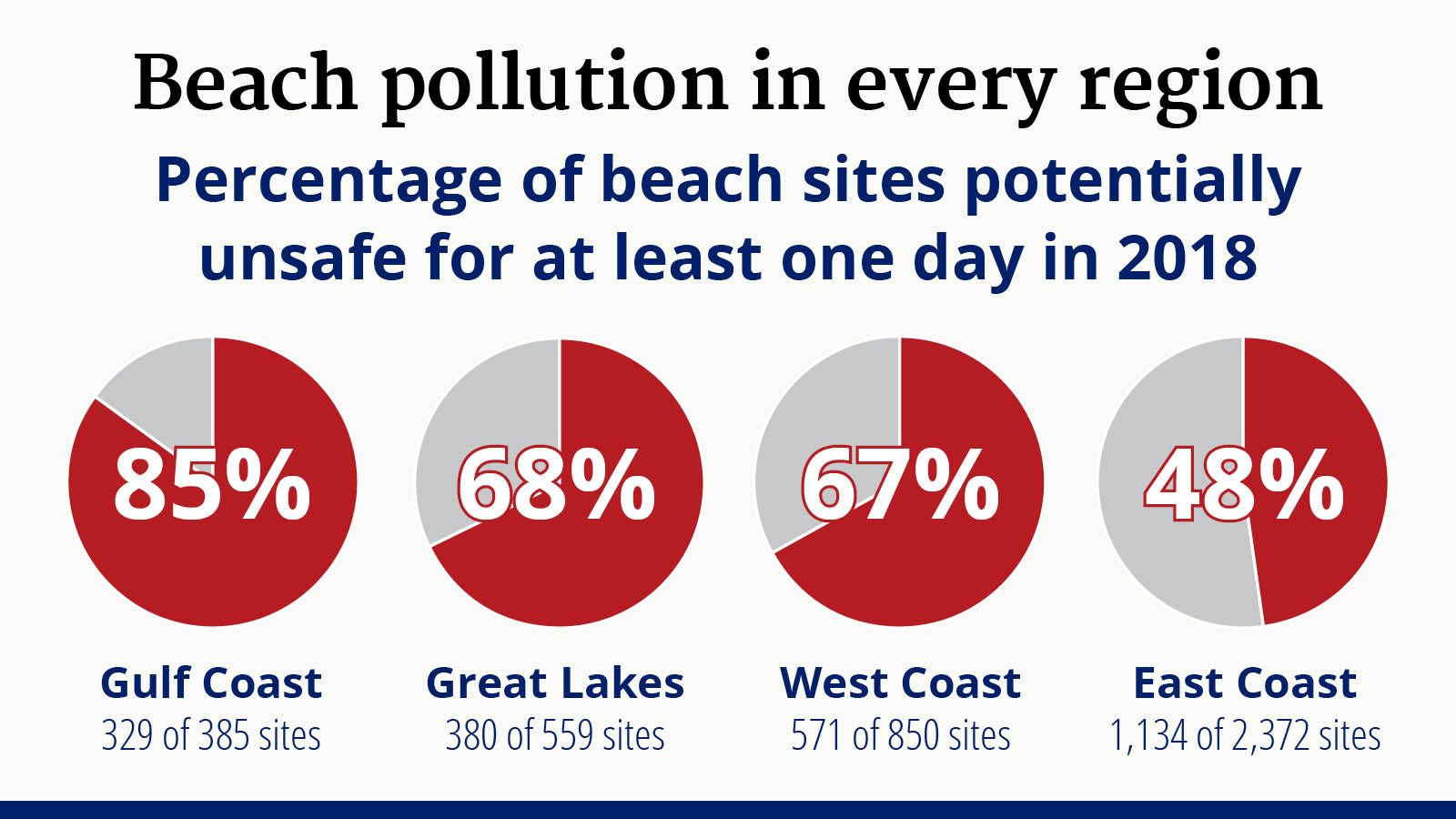
Last week I told you that this tree is nearly extinct. Perhaps you've heard of it: the American chestnut,
Castanea Dentata. This magnificent tree once dominated the East Coast. These giants could grow 100 feet tall and five feet or more in diameter. Imagine our current forests twice as tall as they are now, with oak trees standing as understory trees. That is what our forests used to look like.
Chestnut was a mainstay of the timber industry - the wood is hard, lightweight, straight-grained, extremely resistant to rot, and it grows fast. The trees produce copious quantities of nuts edible to both humans and animals, making this tree a linchpin of the East Coast's ecosystem.

So, what happened to the chestnut? A hundred years ago, an imported Chinese chestnut tree brought with it fungus. This fungus spread from tree to tree, killing them down to the roots. Over the course of fifty years, almost every American chestnut was killed - up to four
billion trees.
Chestnuts are tough trees, and to this day, the roots of some of those old trees continue to put up new growth. That is what you are looking at above. This new growth almost never gets large enough to produce fruit before the blight once again kills it to the ground, so there is no hope of these remaining trees reproducing.
The chestnut pictured above is one of several like this that can be viewed just outside of Franklin's YMCA, at the Franklin State Forest, growing along the road. And at least one more grows at the DelCarte Open Spaces park. They lurk in areas that have escaped development, slowly dwindling to extinction.

But there is still hope for the American Chestnut. A scant handful of trees remain that continue to produce nuts. On their own, these trees are too scattered to continue the species. However, there are breeding programs hard at work on preserving these vitally important trees.

This is an entire orchard of American chestnuts. These are the ongoing work of The American Chestnut Foundation. The TACF crossed the American chestnut with the Chinese chestnut, and has been breeding the results again and again with American chestnuts for three decades in the hope of arriving at a tree that is mostly American, but which contains the Chinese gene for resistance to the blight.
This particular orchard is located at Idylbrook Field in Medway, and is open to the public. This is a piece of American history in the making, and a beacon of hope to restoration efforts of all sorts. But visit it soon: next summer, most of these trees will be cut down. This is the next step in the breeding program. The oldest trees are seven years old, and some have produced their first crop of nuts. As a part of the breeding program, the trees were inoculated with the blight this year. Next year the most healthy trees will be kept for breeding and the rest will be eliminated from the gene pool.
You can support the breeding efforts by becoming a member of the
TACF, or by volunteerig at Idylbrook Field when the opportunity arises. Stay tuned: they will be needing some help when it is time to cut down those trees.
Michelle Clay writes about gardening here in Franklin at
the Clueless Gardeners Blog.
Franklin, MA
.jpg?itok=C0IFF4KH)





























